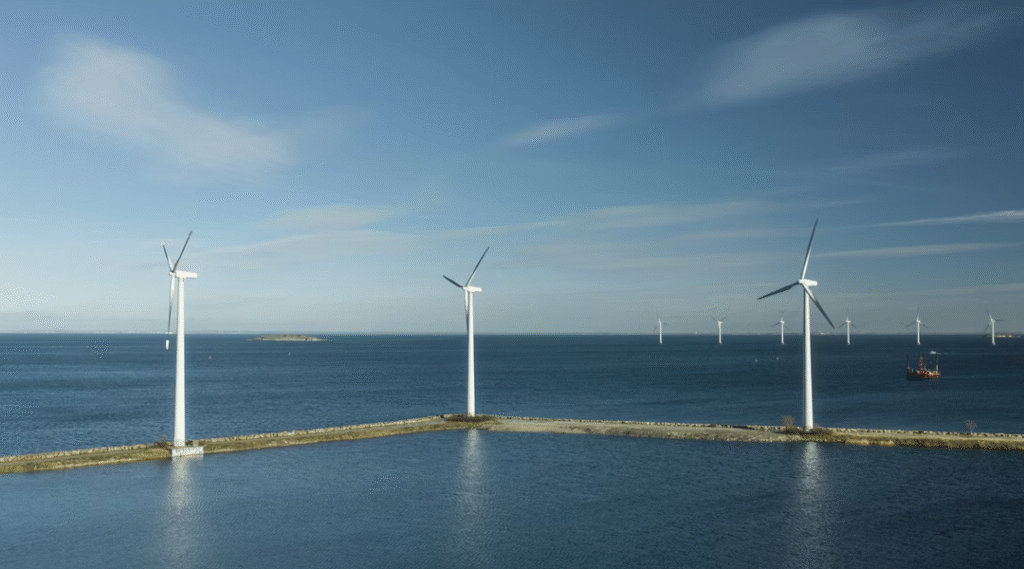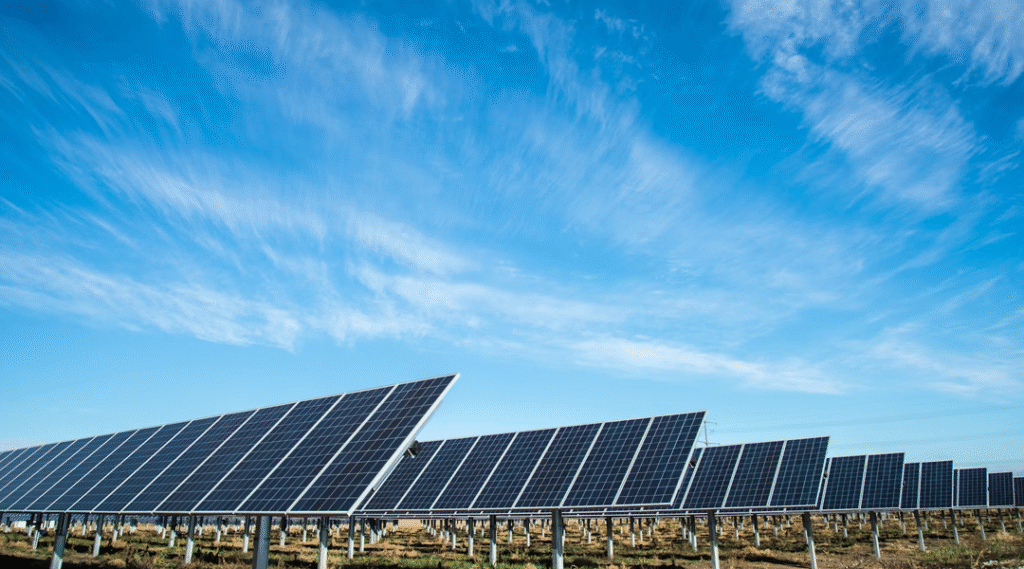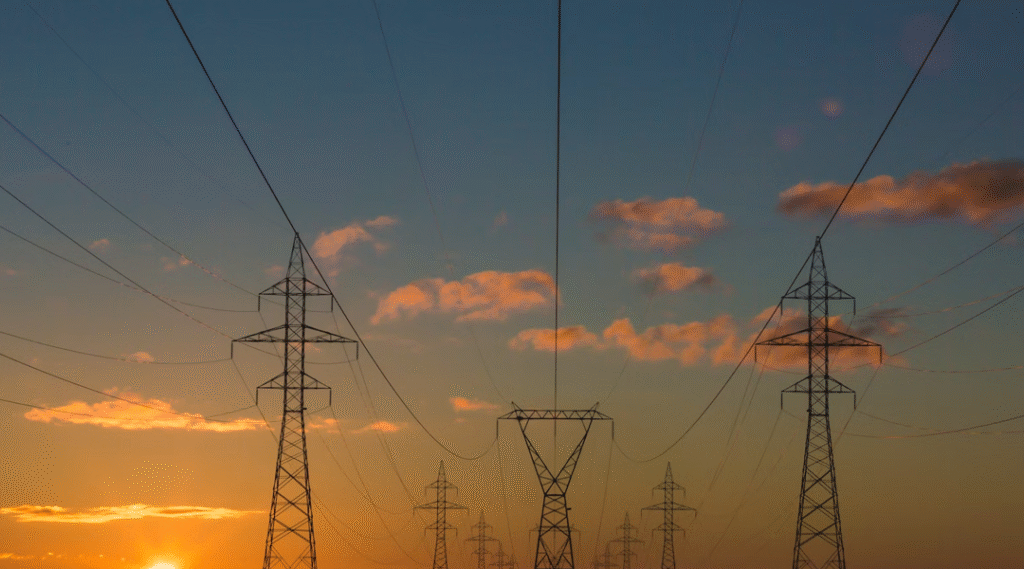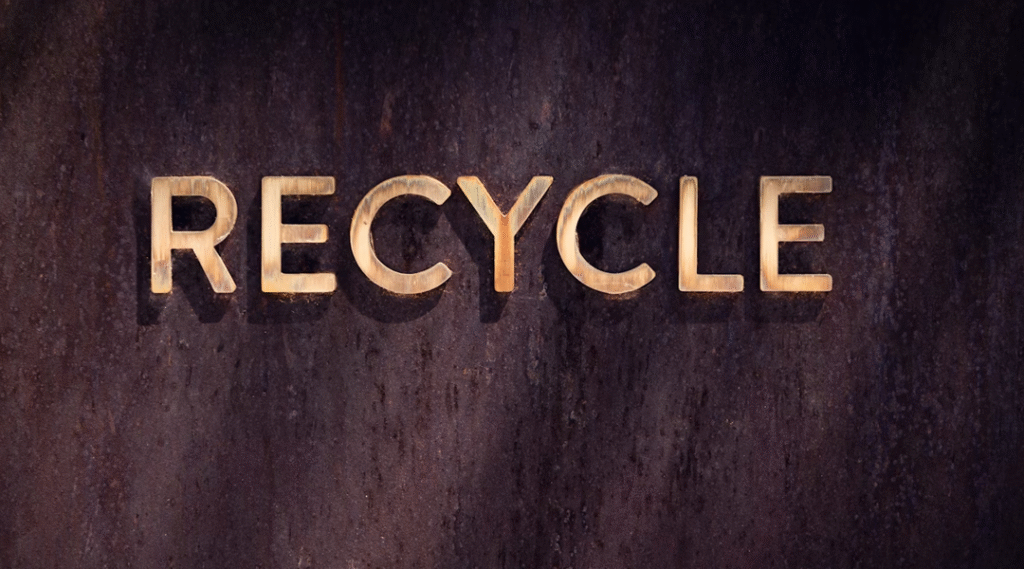(#10) Next‑Generation Clean‑Energy Innovations & the Road Ahead
As the global energy transition accelerates, traditional renewables like wind and solar are rapidly scaling. Yet to achieve decarbonization targets and stabilize grids under higher renewable penetrations, next‑generation technologies must move from pilot projects to commercial reality. This article explores three transformative pillars—green hydrogen and Power‑to‑X pathways, carbon capture and storage coupled with renewables (CCUS+R), […]
(#10) Next‑Generation Clean‑Energy Innovations & the Road Ahead Read More »






